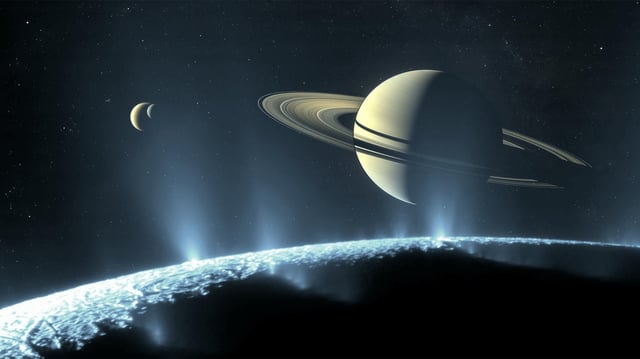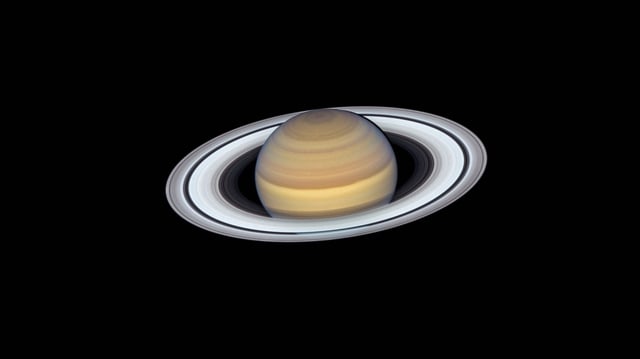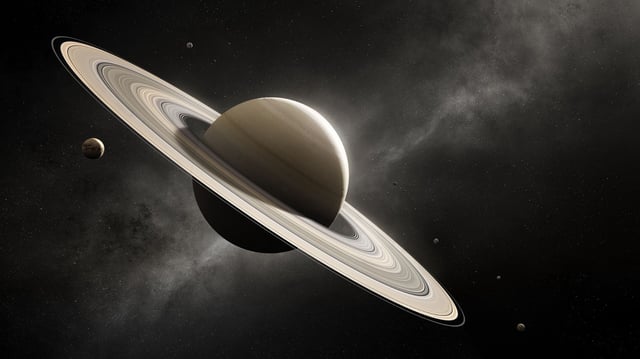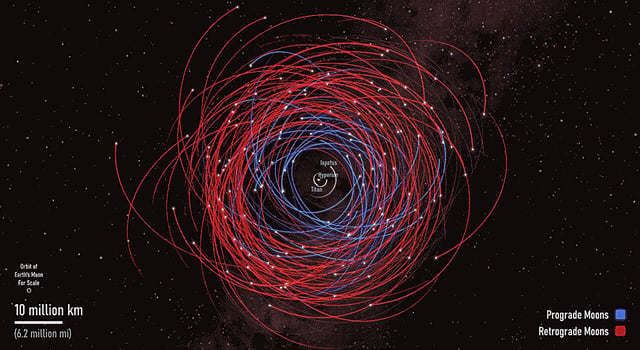Overview
- The discovery was made by an international team using the Canada-France-Hawaii Telescope and confirmed by the International Astronomical Union on March 11, 2025.
- The 128 newly identified moons are irregular in shape, small in size, and likely fragments of larger moons shattered by collisions within the last 100 million years.
- Most of the new moons are located near the Mundilfari subgroup, suggesting a significant past collision in Saturn's moon system.
- The shift-and-stack technique was employed to detect these faint, distant objects by combining sequential images to enhance their visibility.
- With 274 moons, Saturn now has nearly twice as many moons as all other planets in the solar system combined, leaving Jupiter, with 95 moons, far behind.



